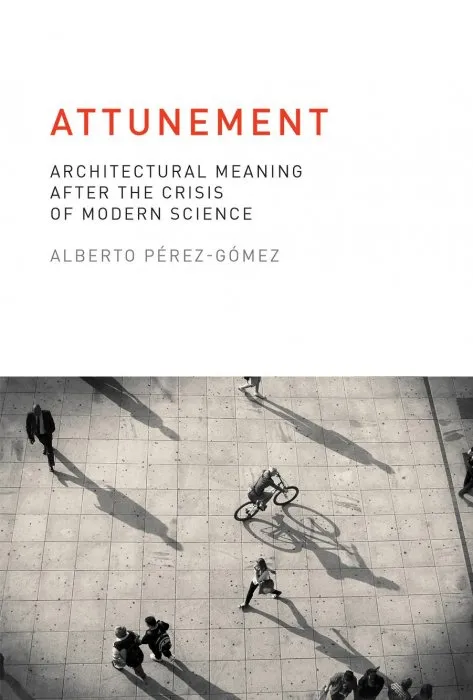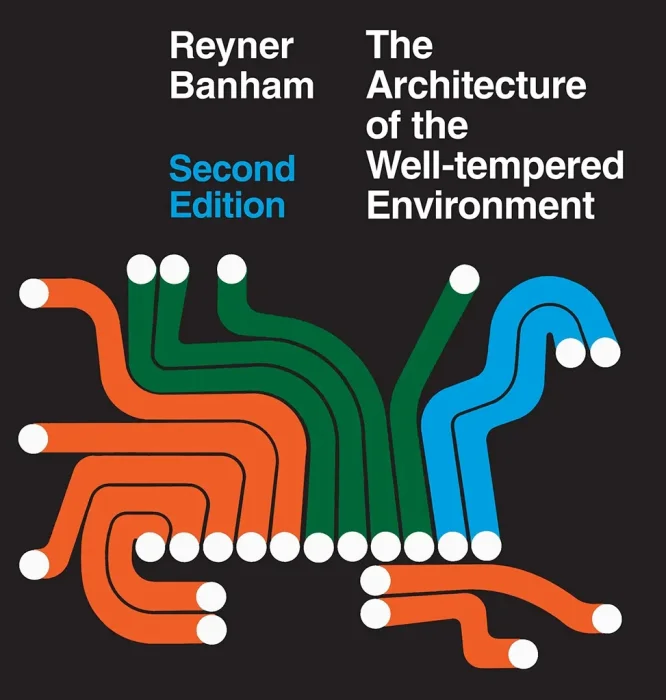Attunement: Architectural Meaning after the Crisis of Modern Science (The MIT Press)

Date: July 22nd, 2016
ISBN: 0262528649
Language: English
Number of pages: 300 pages
Format: True PDF
Add favorites
How architecture can move beyond the contemporary enthusiasms for the technically sustainable and the formally dazzling to enhance our human values and capacities.
Architecture remains in crisis, its social relevance lost between the two poles of formal innovation and technical sustainability. In Attunement, Alberto Pérez-Gómez calls for an architecture that can enhance our human values and capacities, an architecture that is connected—attuned—to its location and its inhabitants. Architecture, Pérez-Gómez explains, operates as a communicative setting for societies; its beauty and its meaning lie in its connection to human health and self-understanding.
Our physical places are of utmost importance for our well-being. Drawing on recent work in embodied cognition, Pérez-Gómez argues that the environment, including the built environment, matters not only as a material ecology but because it is nothing less than a constituent part of our consciousness. To be fully self-aware, we need an external environment replete with meanings and emotions.
Pérez-Gómez views architecture through the lens of mood and atmosphere, linking these ideas to the key German concept of Stimmung—attunement—and its roots in Pythagorean harmony and Vitruvian temperance or proportion. He considers the primacy of place over space; the linguistic aspect of architecture—the voices of architecture and the voice of the architect; architecture as a multisensory (not pictorial) experience, with Piranesi, Ledoux, and Hejduk as examples of metaphorical modeling; and how Stimmung might be put to work today to realize the contemporary possibilities of attunement.
Architecture remains in crisis, its social relevance lost between the two poles of formal innovation and technical sustainability. In Attunement, Alberto Pérez-Gómez calls for an architecture that can enhance our human values and capacities, an architecture that is connected—attuned—to its location and its inhabitants. Architecture, Pérez-Gómez explains, operates as a communicative setting for societies; its beauty and its meaning lie in its connection to human health and self-understanding.
Our physical places are of utmost importance for our well-being. Drawing on recent work in embodied cognition, Pérez-Gómez argues that the environment, including the built environment, matters not only as a material ecology but because it is nothing less than a constituent part of our consciousness. To be fully self-aware, we need an external environment replete with meanings and emotions.
Pérez-Gómez views architecture through the lens of mood and atmosphere, linking these ideas to the key German concept of Stimmung—attunement—and its roots in Pythagorean harmony and Vitruvian temperance or proportion. He considers the primacy of place over space; the linguistic aspect of architecture—the voices of architecture and the voice of the architect; architecture as a multisensory (not pictorial) experience, with Piranesi, Ledoux, and Hejduk as examples of metaphorical modeling; and how Stimmung might be put to work today to realize the contemporary possibilities of attunement.
Download Attunement: Architectural Meaning after the Crisis of Modern Science (The MIT Press)
Similar books
Information
Users of Guests are not allowed to comment this publication.
Users of Guests are not allowed to comment this publication.




